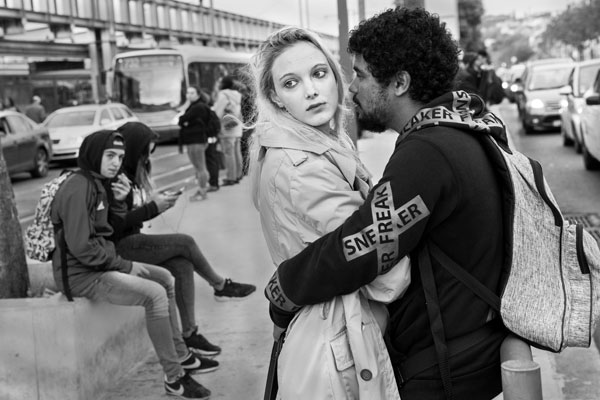Getting The Framing Streets To Work
Wiki Article
Not known Details About Framing Streets
Table of ContentsFraming Streets for DummiesThe Of Framing StreetsFraming Streets Things To Know Before You Get ThisThe Basic Principles Of Framing Streets Framing Streets for BeginnersThe Of Framing Streets
, typically with the aim of catching photos at a decisive or touching minute by mindful framework and timing. https://framing-streets.jimdosite.com/.
Consequently his boots and legs were well specified, however he lacks body or head, since these remained in activity." Charles Ngre, waterseller Charles Ngre. https://folkd.com/profile/framingstreets1 was the initial photographer to obtain the technological sophistication called for to sign up people in motion on the road in Paris in 1851. Professional Photographer John Thomson, a Scotsman dealing with journalist and social lobbyist Adolphe Smith, published Road Life in London in twelve month-to-month installments beginning in February 1877
Getting The Framing Streets To Work
Eugene Atget is considered a progenitor, not due to the fact that he was the first of his kind, but as a result of the popularisation in the late 1920s of his record of Parisian roads by Berenice Abbott, that was influenced to take on a comparable paperwork of New york city City. [] As the city established, Atget assisted to promote Parisian roads as a worthwhile subject for photography.
The Main Principles Of Framing Streets
The chief Mass-Observationists were anthropologist Tom Harrisson in Bolton and poet Charles Madge in London, and their very first record was generated as the book "May the Twelfth: Mass-Observation Day-Surveys 1937 by over two hundred onlookers" [] Window cleaner at Kottbusser Tor, Berlin, by Elsa Thiemann c. 1946 The post-war French Humanist School digital photographers found their subjects on the street or in the restaurant. In between 1946 and 1957 Le Groupe des XV each year exhibited job of this kind. Andre Kertesz. Circus, Budapest, 19 May 1920 Road photography formed the major material of 2 events at the Gallery of Modern Art (Mo, MA) in New york city curated by Edward Steichen, Five French Photographers: Brassai; Cartier-Bresson, Doisneau, Ronis, Izis in 1951 to 1952, and Post-war European Photography in 1953, which exported the concept of street photography globally.
The 4-Minute Rule for Framing Streets
, then a teacher of young kids, linked with Evans in 193839.'s 1958 publication,, was significant; raw and commonly out of emphasis, Frank's images questioned mainstream photography of the time, "challenged all the formal rules laid down find more by Henri Cartier-Bresson and Pedestrian Evans" and "flew in the face of the wholesome pictorialism and heartfelt photojournalism of American publications like LIFE and Time".Report this wiki page